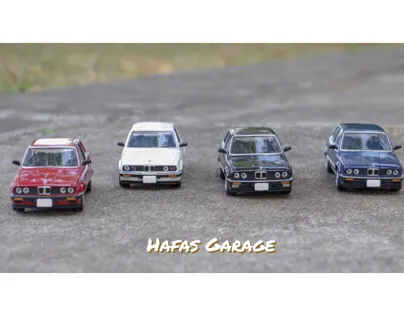What are Diecast Models
Diecast models are miniature replicas of vehicles, aircraft, figures, and other objects, manufactured using a die-casting process. These models are popular among collectors, hobbyists, and enthusiasts who appreciate the detail, craftsmanship, and historical significance of these miniature representations. Diecast models offer a tangible way to connect with history, celebrate specific vehicles, and enjoy a fulfilling hobby. They come in a variety of scales, from small miniatures to larger, more detailed replicas, catering to diverse interests and preferences. Diecast models represent a unique blend of art, engineering, and history, making them fascinating objects of interest.
Definition and History
The term ‘diecast’ refers to the manufacturing process where molten metal, usually zinc alloy, is injected into a mold or die under high pressure. This process allows for intricate designs and fine details. The history of diecast models dates back to the early 20th century, with the first models primarily made of lead. As technology advanced, materials shifted to zinc alloys and later, other metals. Early diecast models were often simple toys, but over time, they evolved into highly detailed collectibles that accurately reflect the features of their real-life counterparts. The growth of the diecast model industry reflects a growing appreciation for miniature replicas, as well as the evolution of manufacturing techniques.
Materials Used in Diecast Models
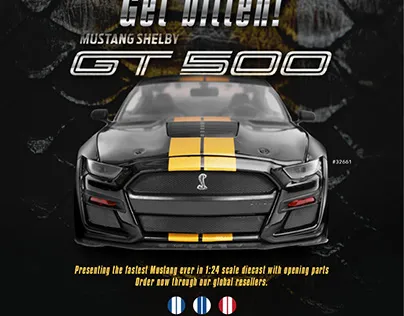
The primary material used in diecast model production is a zinc alloy, often referred to as zamak. This alloy is favored for its ability to be cast in intricate shapes and for its durability. Other metals and materials are also used in the construction of diecast models, including plastic for the interior, tires, and some details, as well as rubber, and even glass for the windows. The combination of different materials adds to the realism and the complexity of the models. The materials used impact the overall quality, weight, and feel of the model, which is an important factor for collectors who are very attentive to details.
Zinc Alloy and Other Metals
Zinc alloy, mainly zamak, forms the core structure of most diecast models. This alloy provides a good balance of strength, detail, and cost-effectiveness. Other metals may be used for specific parts or details. For instance, steel may be used for axles, while brass may be used for intricate elements like exhaust pipes or trim. The choice of materials affects the model’s weight, durability, and the level of detail that can be achieved. Zinc alloy’s ability to take fine details makes it ideal for the intricate designs found on diecast models.
Manufacturing Process
The diecast manufacturing process involves several key steps. This process allows for the creation of detailed and accurate replicas. The overall process requires precision to ensure quality, making diecast models a product of advanced manufacturing techniques. From design to final assembly, each stage is critical for the end product.
Die-Casting Technique
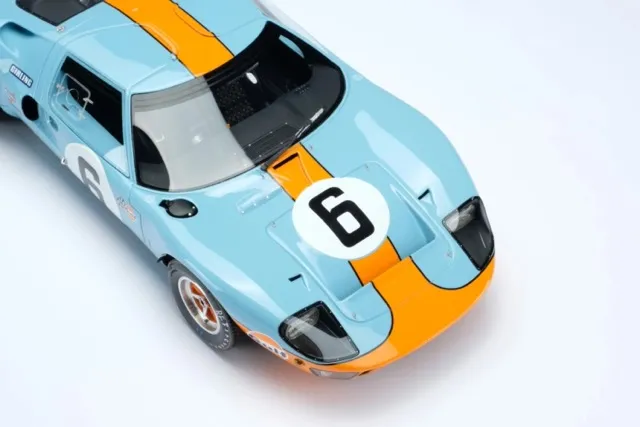
The die-casting process is the heart of diecast model manufacturing. Molten metal is injected under high pressure into a mold or die. The die is made of two or more parts and is designed to create a specific shape. Once the metal solidifies, the die opens, and the model is ejected. This process enables the creation of highly detailed parts with intricate features, such as engine components, grilles, and badges. The precision of the die-casting technique is essential for replicating the design accurately and with fine detail.
Assembly and Detailing
After the die-casting stage, the individual parts are cleaned, and any imperfections are removed. The models undergo a painting process, often involving multiple layers and detailed color schemes to match the real-life vehicles. Additional components, such as windows, wheels, and interior details, are added during assembly. The level of detailing can vary, from basic models to highly detailed replicas with realistic interiors, working features, and accurate decals. Assembly and detailing are crucial for capturing the essence of the original vehicles.
Popular Scales and Types
Diecast models come in a wide array of scales and types, each catering to different preferences and purposes. The scale refers to the ratio between the model’s size and the size of the real-life vehicle. This variety allows collectors to specialize or enjoy a diverse collection of models. From detailed replicas to simpler toy-like models, the choices available ensure that there is a diecast model for every enthusiast.
Common Scales and Their Uses
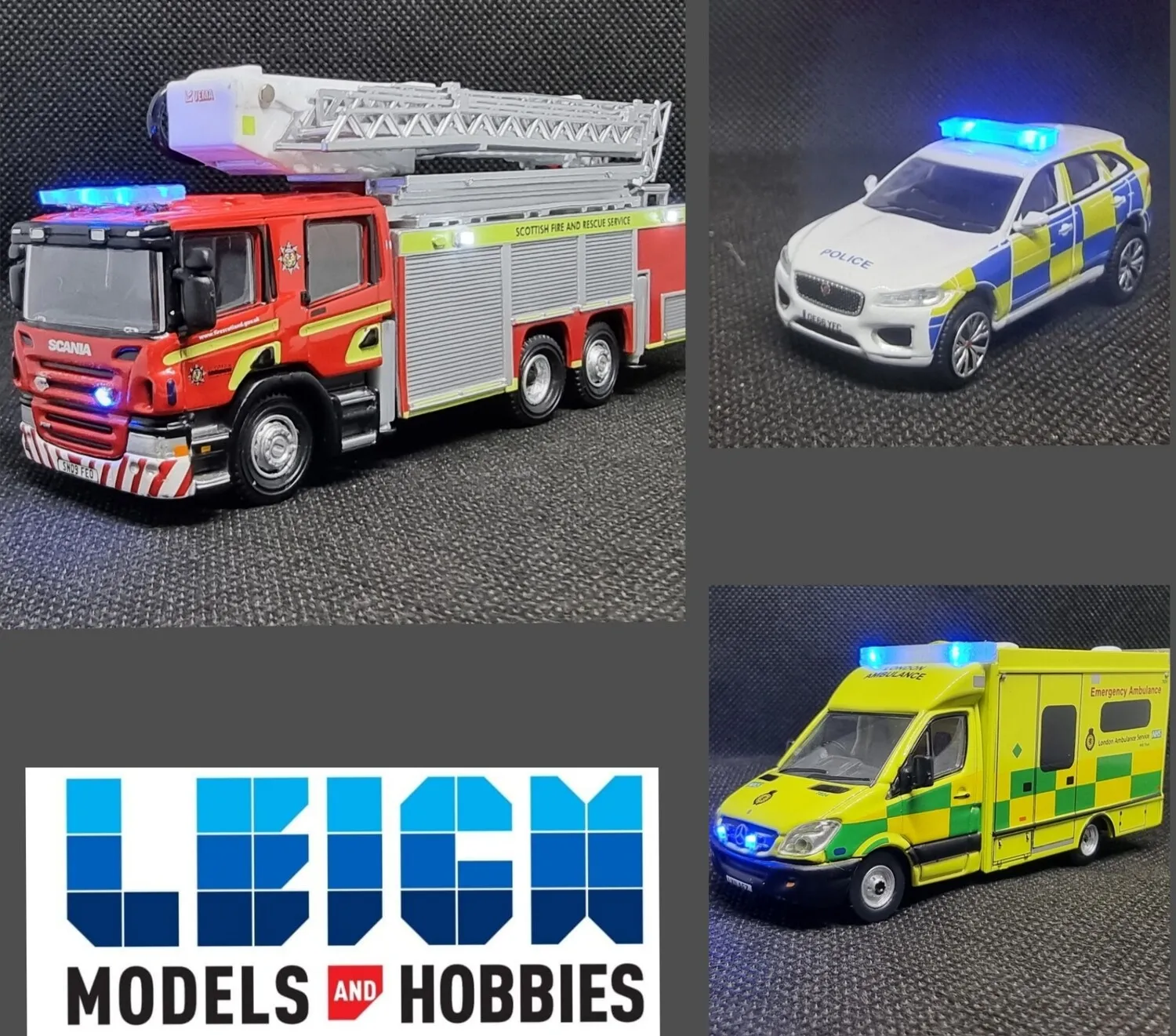
Common scales include 1:18, 1:24, 1:43, and 1:64. 1:18 scale models are large and detailed, often used for display and are popular among serious collectors. 1:24 scale models offer a balance between size and detail, and are often used for display and play. 1:43 scale is very popular for its convenient size, making it easier to collect a variety of models. 1:64 scale models, often called ‘Matchbox’ or ‘Hot Wheels’ size, are small, affordable, and ideal for play and casual collecting. Each scale caters to different collecting preferences, from those seeking high detail to others interested in affordability and space.
Types of Vehicles Available
Diecast models cover a vast range of vehicles, including cars, trucks, buses, motorcycles, aircraft, and military vehicles. Car models are the most popular, including classic, vintage, modern, and concept cars. Truck models include semi-trucks, delivery trucks, and construction vehicles. Aircraft models range from commercial airliners to military fighter jets. Military vehicles include tanks, armored personnel carriers, and other specialized equipment. The availability of many vehicle types ensures the diecast model market caters to diverse tastes and interests.
Collecting Diecast Models
Collecting diecast models is a rewarding hobby that combines the appreciation of detailed craftsmanship with a connection to automotive history and design. Collectors often specialize in particular makes, models, or scales. The hobby is both social and personal, providing opportunities to connect with other enthusiasts and explore the stories behind each model. Whether it’s the thrill of the hunt, the joy of displaying a carefully curated collection, or the appreciation for intricate details, collecting diecast models is a passion for many.
Factors Influencing Value
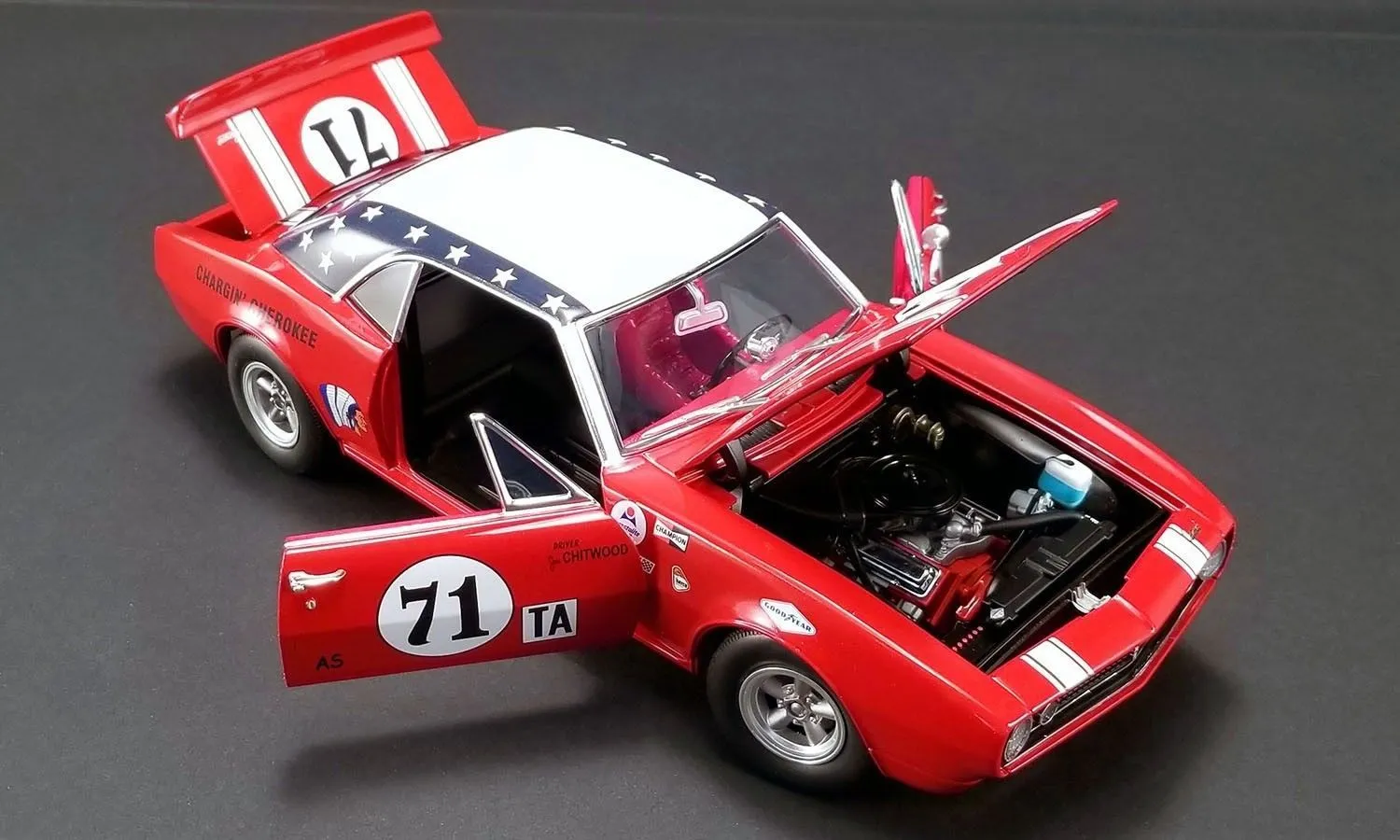
Several factors influence the value of diecast models. Rarity, including limited editions or models that are no longer in production, significantly increases the value. The condition of the model, including original packaging, can impact its value. High levels of detail, such as realistic interiors, opening parts, and accurate paint schemes, contribute to the model’s appeal and value. The brand and the reputation of the manufacturer are also important, with well-known brands often commanding higher prices. Demand for specific makes, models, or scales can drive up prices in the collector’s market.
How to Care for Your Models
Proper care is essential to preserve the value and condition of diecast models. Dusting regularly with a soft brush or cloth can prevent the build-up of dirt. Avoiding direct sunlight and extreme temperatures helps to protect the paint and materials from damage. Displaying models in a case or a protected environment can shield them from dust and accidental damage. Handling models with clean hands can prevent fingerprints and scratches. Storing models in a cool, dry place can extend their lifespan.
Where to Buy and Sell
Diecast models can be bought and sold through various channels. Hobby shops specializing in models are an excellent source for new releases and rare finds. Online marketplaces and auction sites provide a wide selection and a global reach for both buying and selling. Collector shows and events are great opportunities to find models and interact with other enthusiasts. Classified ads and online forums can also be used to connect with other collectors. The choice of where to buy or sell depends on individual preferences and what is being sought.
Top 7 Facts About Diecast Models

Fact 1 Detailed Replicas
Diecast models are known for their high level of detail. Manufacturers strive to replicate every aspect of real-life vehicles. This attention to detail includes accurate body shapes, paint schemes, interior features, and even engine components. The precision of detailing elevates them from mere toys to realistic representations of vehicles.
Fact 2 Durable Construction
The die-casting process and use of zinc alloy make diecast models exceptionally durable. They can withstand handling and display, offering long-lasting enjoyment for collectors. The robust construction also makes them suitable for younger enthusiasts, providing a sturdy option for play and exploration. This durability adds to their appeal.
Fact 3 Variety of Scales
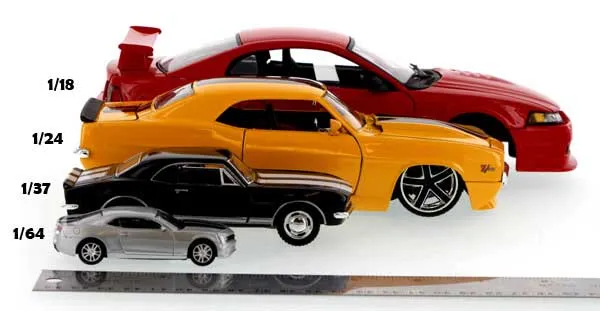
Diecast models are produced in a wide array of scales, offering collectors a variety of choices to suit their tastes and display needs. The scales range from smaller sizes, ideal for casual collecting, to larger, highly detailed models. This diversity lets collectors create displays in various sizes and levels of detail, catering to diverse display options.
Fact 4 Collectible Items
Diecast models are highly collectible, with many models appreciating in value over time. Limited editions, rare models, and those in excellent condition can be particularly valuable. For many, collecting diecast models is an investment as well as a hobby, offering an appealing mix of pleasure and potential financial gain.
Fact 5 Historical Significance
Diecast models often represent vehicles with historical significance, allowing collectors to own miniature representations of important cars, trucks, and aircraft. These models capture the essence of automotive history and design, offering a nostalgic connection to the past. They offer a way to appreciate the evolution of vehicle technology.
Fact 6 Realistic Features
Many diecast models boast realistic features, such as opening doors, hoods, and trunks. Some models even have working steering, suspension systems, and detailed engine compartments. These features enhance the realism and the immersive experience. The added detail makes them more engaging for collectors.
Fact 7 Wide Availability
Diecast models are widely available through various channels. Collectors can find them in hobby shops, online marketplaces, and at collector shows. The broad availability ensures that enthusiasts have many options to choose from, whether seeking common models or rare collectibles. The ease of access increases the overall appeal of the hobby.
